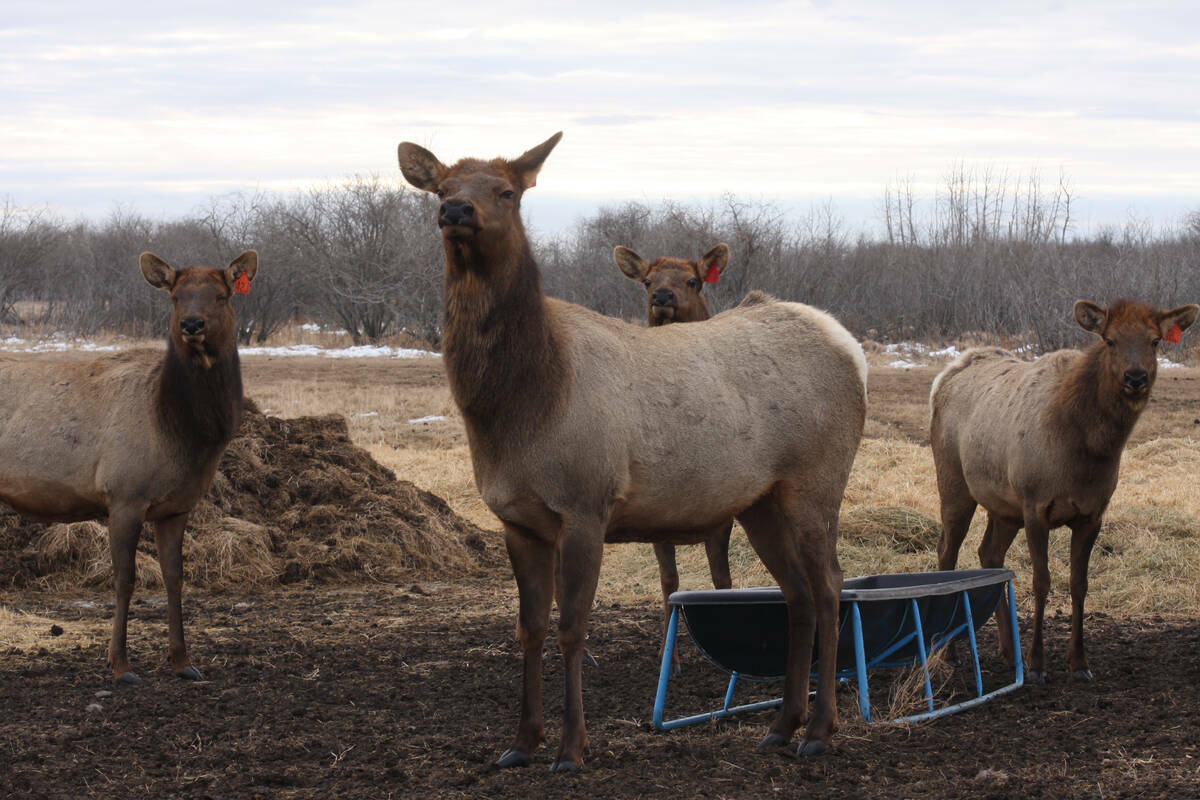The future is about collecting and mining data. And beef producers who don’t get on board run the risk of being left behind, says an industry expert.
“Information and data gathering will become increasingly important,” said Thomas Lynch-Staunton, Livestock Gentec’s director of industry relations.
Lynch-Staunton is involved with what’s called a “life cycle analysis” — essentially a snapshot of what’s happening now in terms of things such as manure management and the amount of feed and fuel used to produce a pound of beef. In other words, a measure of how well the industry is doing now.
“If anyone makes a claim and says, ‘Here, we’re selling 100 per cent sustainable beef,’ then someone will say, ‘Prove it,’” he said. “If you can’t prove it with some data to back it up, then it’s not really worth anything.”
But the ultimate goal is to use Big Data to drive improvements — not just sustainability, but also productivity and profitability.
“One of the fears of all this information is that it is going to make a lot more work for everybody,” said Lynch-Staunton. “I think it will initially, but once things are set up and running smoothly, I think it will make things a lot easier.”
And that day is not far off, he added.
Read Also

Cervid harvest preserves to be developed in the province under Bill 10
The Government of Alberta has given approval for creation of cervid harvest preserves.
“There are so many things coming together right now. There is the actual recording of data, the Internet and its speeds, software programs, and databases like BIXS that are coming online that allow you to gather some carcass information that we really had a hard time gathering before.”
Canada’s robust traceability system is the foundation, he said, pointing to the recent E. coli contamination of some Cargill beef (that was quickly determined to involve only one truckload and was swiftly recalled).
By adding everything that happens during a cow’s life into that traceability system and using sophisticated software to mine the data, you can not only identify the best-grading and most profitable cattle but the genetics, feed regimes, and management practices that produced them.
That’s Big Data in action, and that’s the future, said Lynch-Staunton.
“We’ve got all those tools to be able to do this. I really think that those who don’t believe in data management will be lost in the dust.”

















